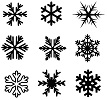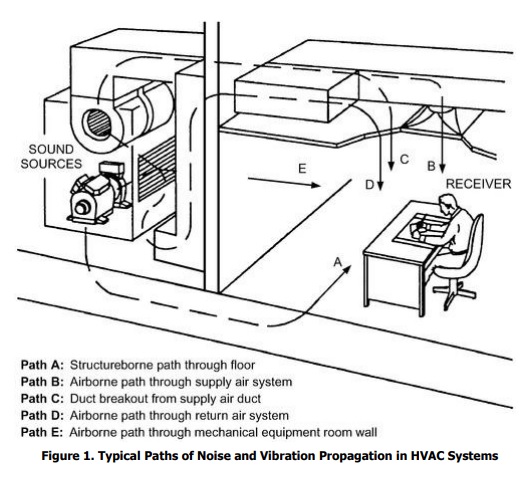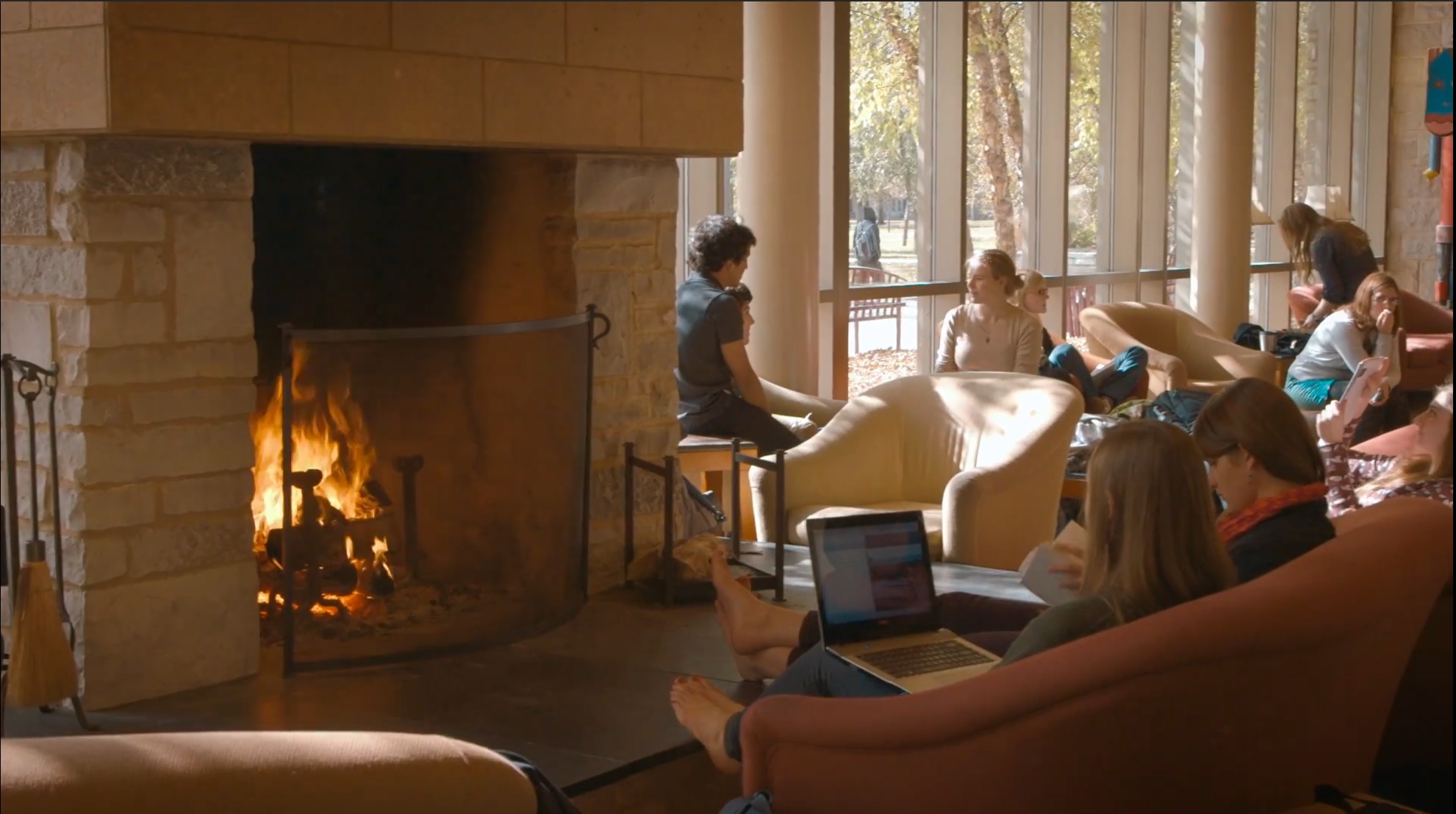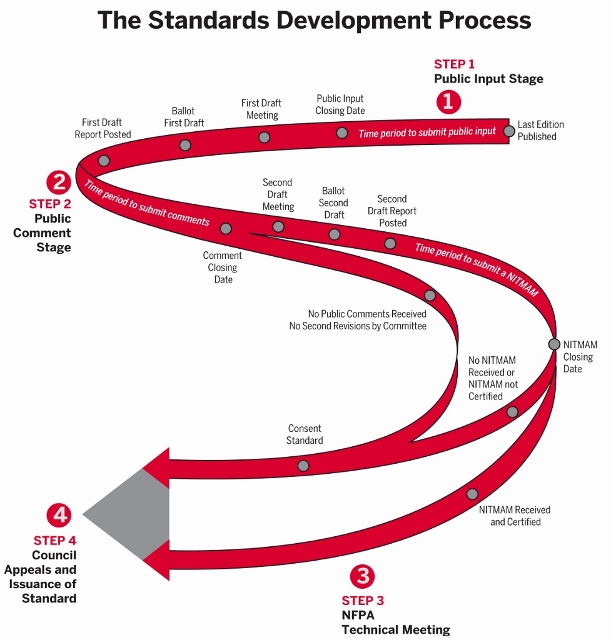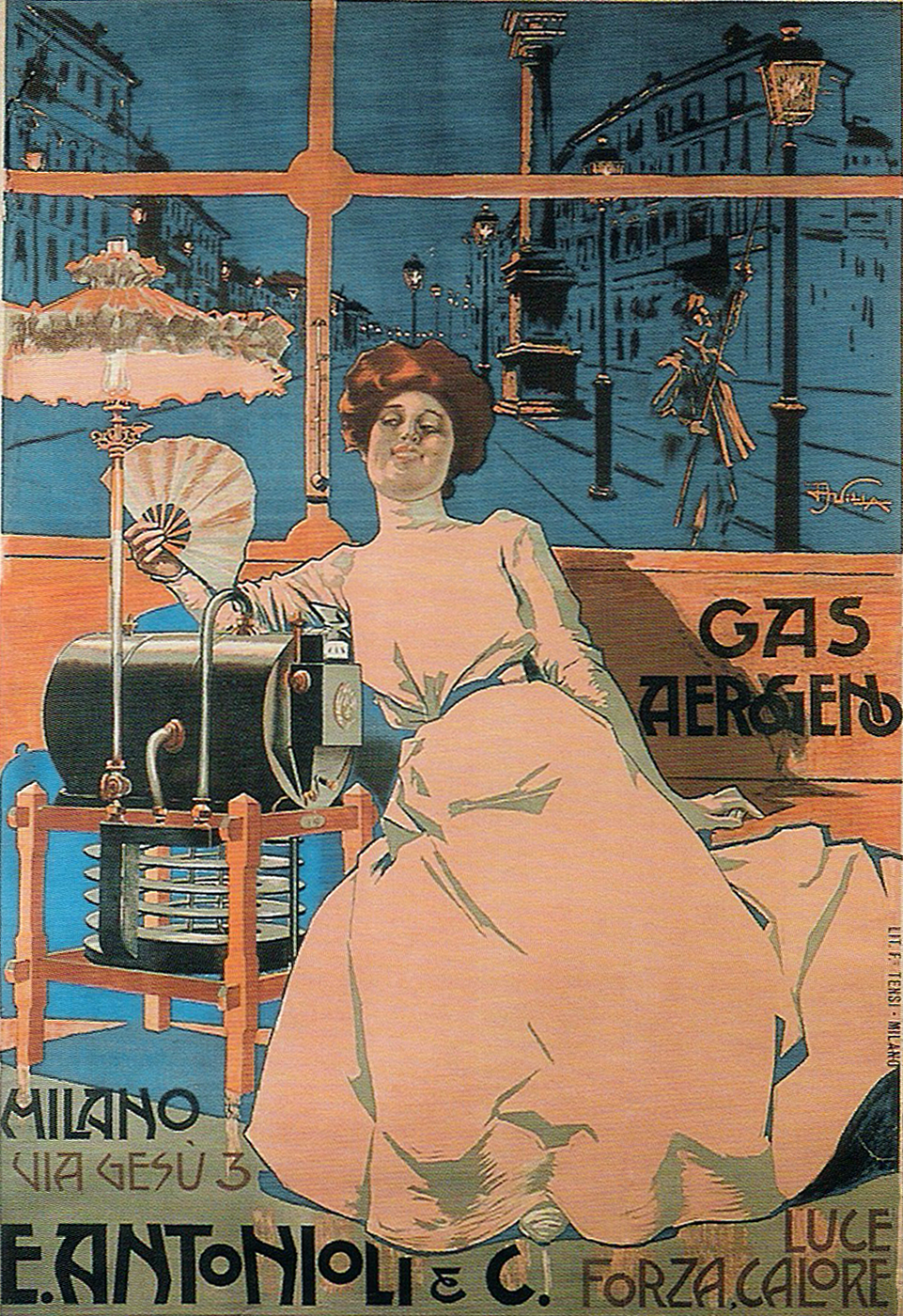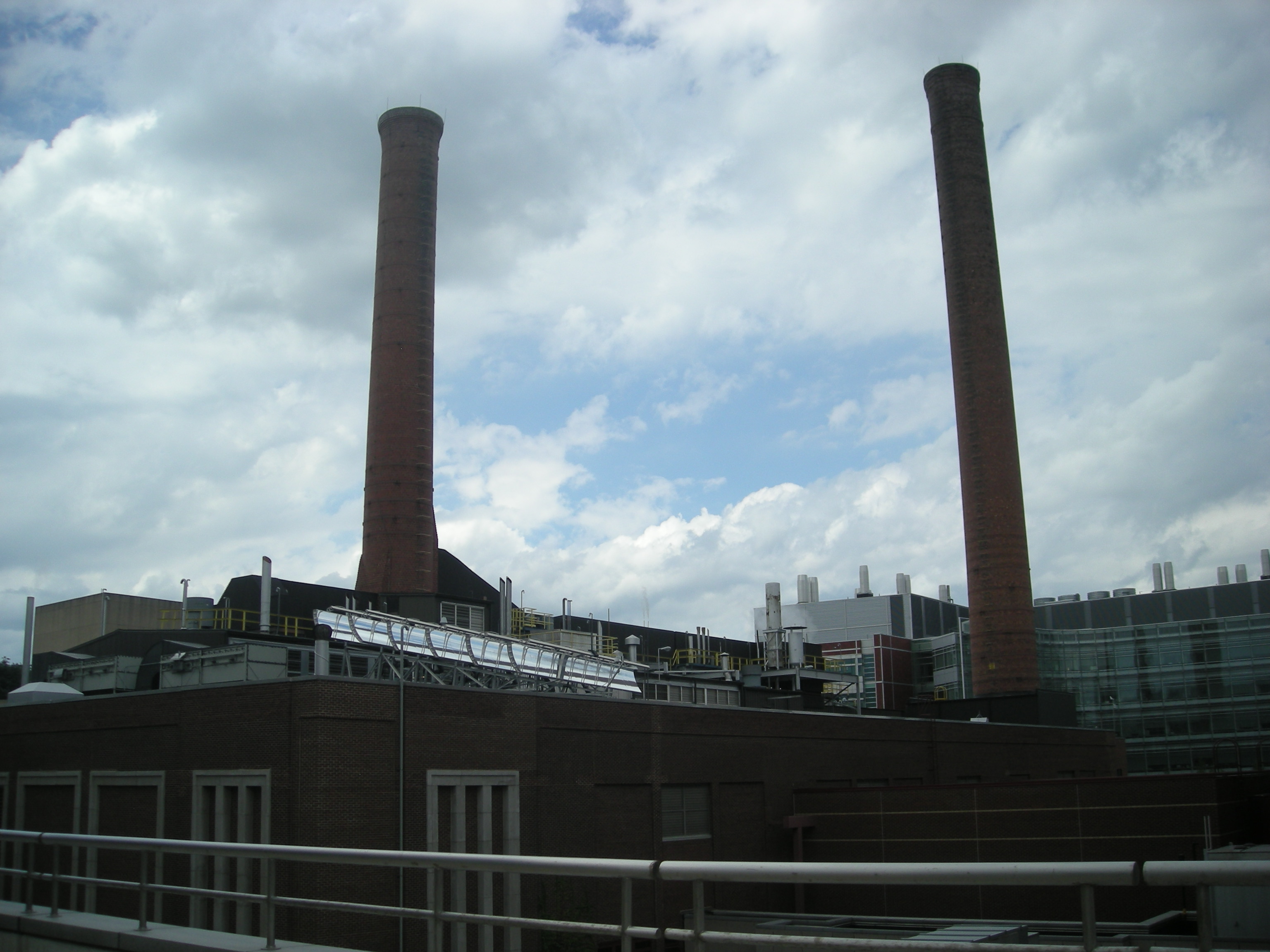Acoustical Engineering
- Home Page 54

Incredible snow removal
#Snowstorms ❄️ are no match for our facilities team. Watch to see what it takes to keep our #Northeastern community safe and our #Boston campus clean. https://t.co/lDcjFRRhlw
— Northeastern U. (@Northeastern) January 20, 2023
ACOUSTICAL DESIGN OF HVAC SYSTEMS
HVAC equipment for a building is one of the major sources of interior noise, and its effect on the acoustical environment is important. Further, noise from equipment located outdoors often propagates to the community. Therefore, mechanical equipment must be selected, and equipment spaces designed, with an emphasis on both the intended uses of the equipment and the goal of providing acceptable sound levels in occupied spaces of the building and in the surrounding community. Operation of HVAC equipment can also induce mechanical vibration
that propagates into occupied spaces through structureborne paths such as piping, ductwork, and mounts. Vibration can cause direct discomfort and also create secondary radiation of noise from vibrating walls, floors, piping, etc.
In this chapter, sound and noise are used interchangeably, although only unwanted sound is considered to be noise.
Related ASHRAE titles:
- ASHRAE 55 – Thermal Environmental Conditions for Human Occupancy: While this standard primarily deals with thermal comfort, it also includes guidance on acceptable indoor noise levels in occupied spaces.
- ASHRAE 62.1 – Ventilation for Acceptable Indoor Air Quality: This standard includes requirements for noise levels associated with ventilation systems and their components.
- ASHRAE 68 – Methods of Testing to Determine the Sound Power of HVAC Equipment: This standard provides procedures for testing and measuring the sound power levels of various HVAC equipment.
- ASHRAE 130 – Methods of Testing Air-Cleaning Devices Used in General Ventilation for Removing Particulate Matter: Though focused on air-cleaning devices, this standard also addresses the sound performance of these devices.
- ASHRAE 174 – Sound Measurement and Characteristics of HVAC Equipment: This standard provides guidance on sound measurement techniques and performance criteria for HVAC equipment.
These standards aim to ensure that HVAC&R systems and equipment operate efficiently and provide a comfortable indoor environment while minimizing excessive noise levels and potential acoustic issues. They play a vital role in promoting occupant comfort and overall building performance in terms of noise control and sound quality.
Audio Standards
“The voice of the intellect is a soft one,
but it does not rest until it has gained a hearing.”
— Sigmund Freud
The education industry provides a large market for occupancy classes — athletic stadiums, student assembly spaces, performance theaters, large lecture halls– that depend upon effective audio systems*. To an unexpected degree the structural engineering, specification of materials and electrical system design and operation is informed by acoustical considerations. So does the integration of fire safety and mass notification systems into normal state enterprises so it is wise to follow and, ideally, participate in leading practice discovery and promulgation of audio standards.
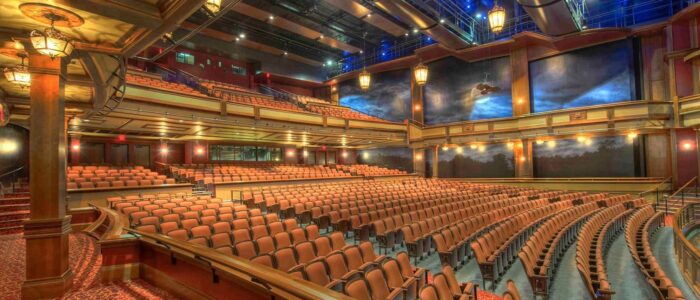
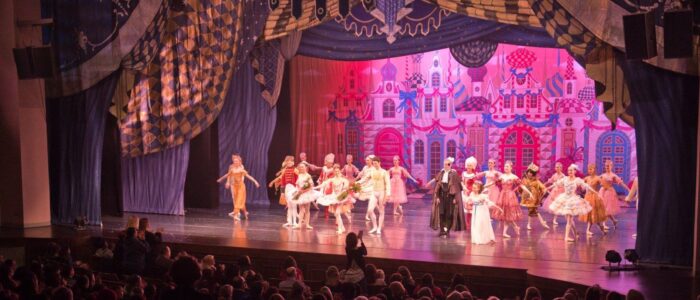
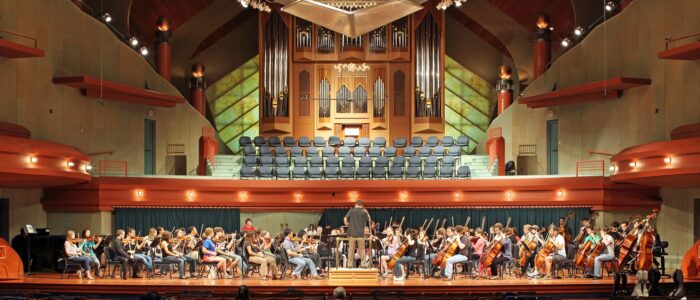
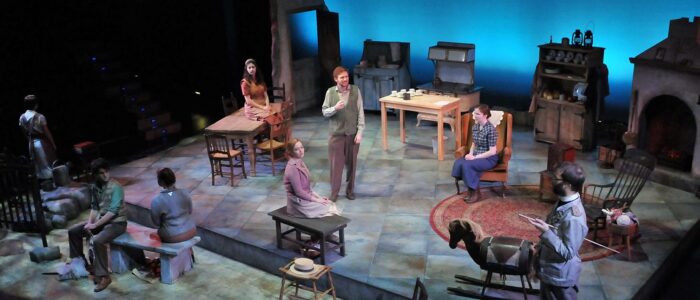
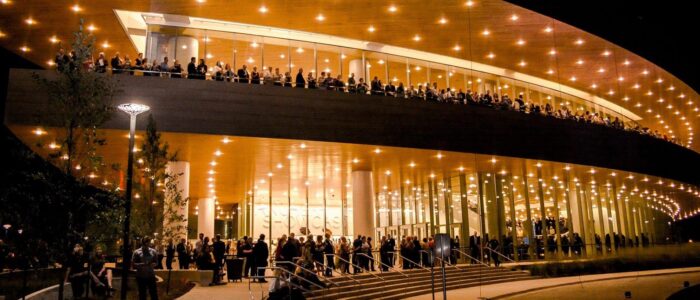
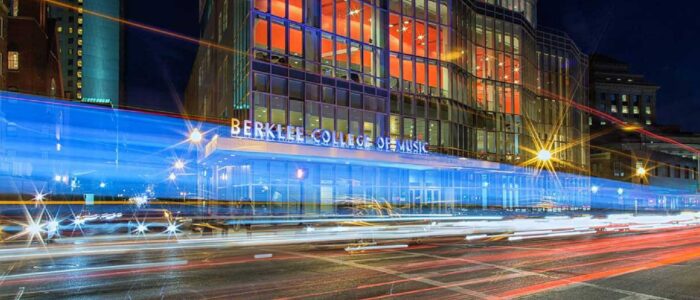
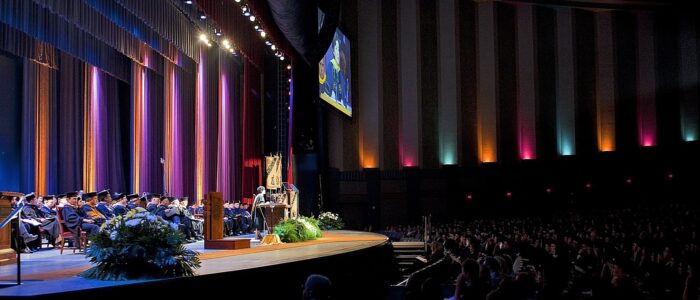
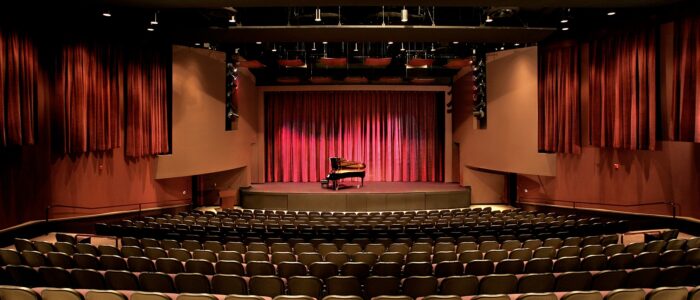
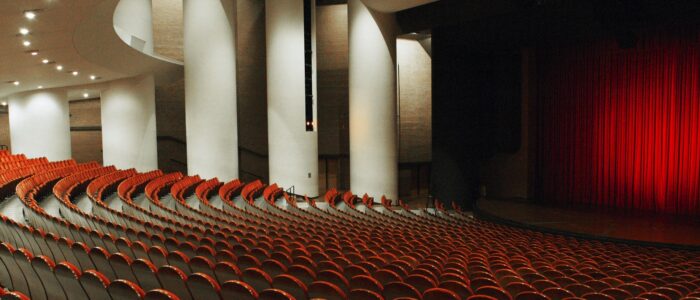
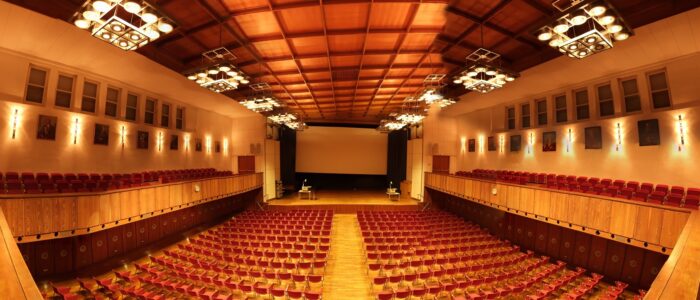
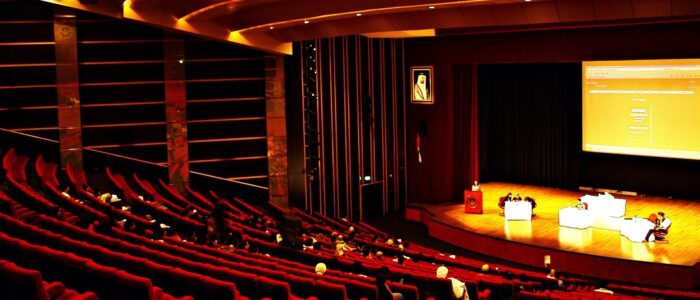
The Audio Engineering Society — one of the first names in this space — has a due process platform that welcomes public participation. All of its standards open for public comment completed their revision cycle mid-November as can be seen on its standards development landing page below:
Note that AES permits access to those revision even after the comment deadline. You are encouraged to communicate directly with the Direct communication with the standards staff at Audio Engineering Society International Headquarters, 551 Fifth Avenue, Suite 1225, New York NY 10176, Tel: +1 212 661 8528
We keep the AES suite on the standing agenda of our periodic Lively Arts teleconference. See our CALENDAR for the next online meeting.
This facility class is one of most complex occupancy classes in education facilities industry so we also collaborate with experts active in the IEEE Education & Healthcare Facilities Committee. Much of the AES suite references, and borrows from, International Electrotechnical Commission system integration and interoperability standards. The IEEE E&H committee meets online again four times monthly in European and American time zones. The meeting dates are available on the IEEE E&H website
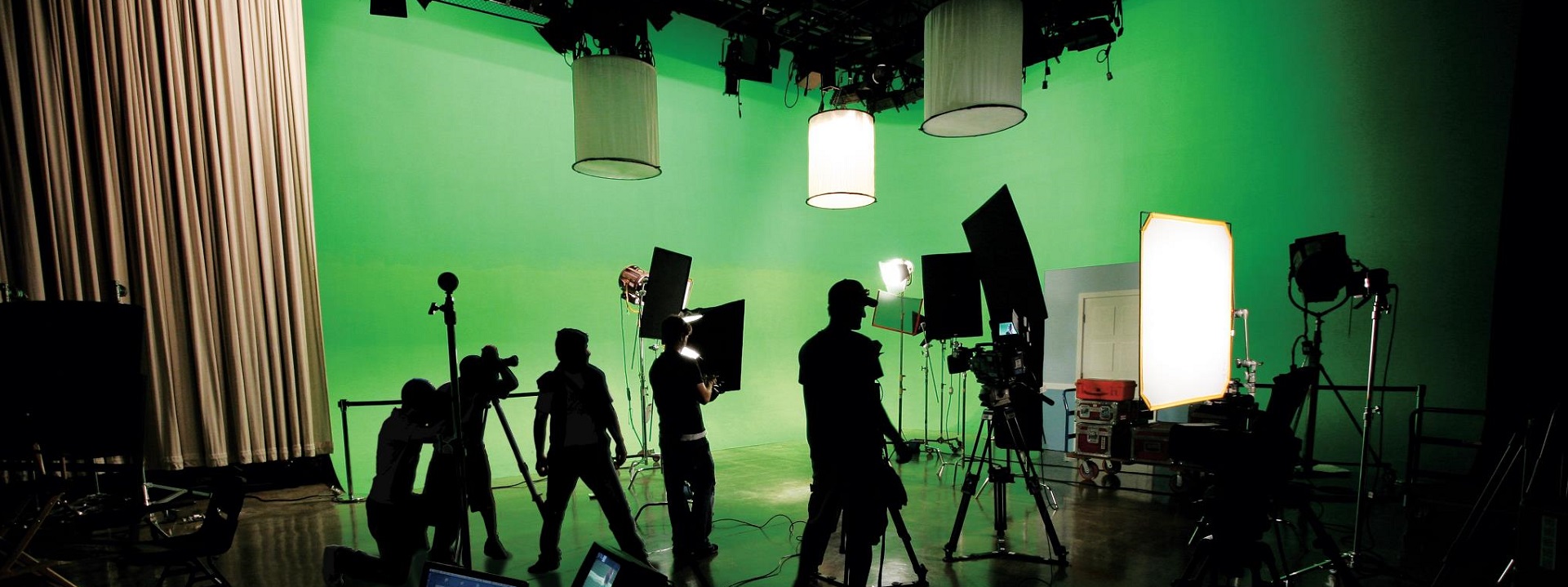
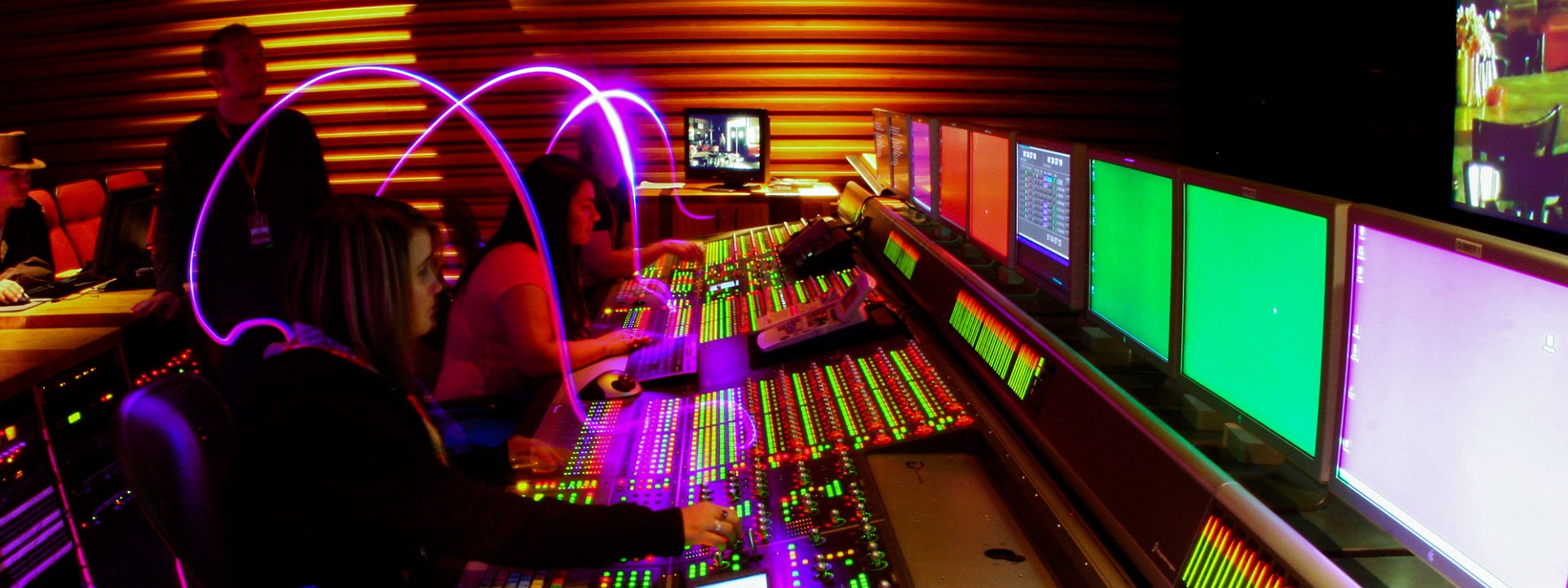
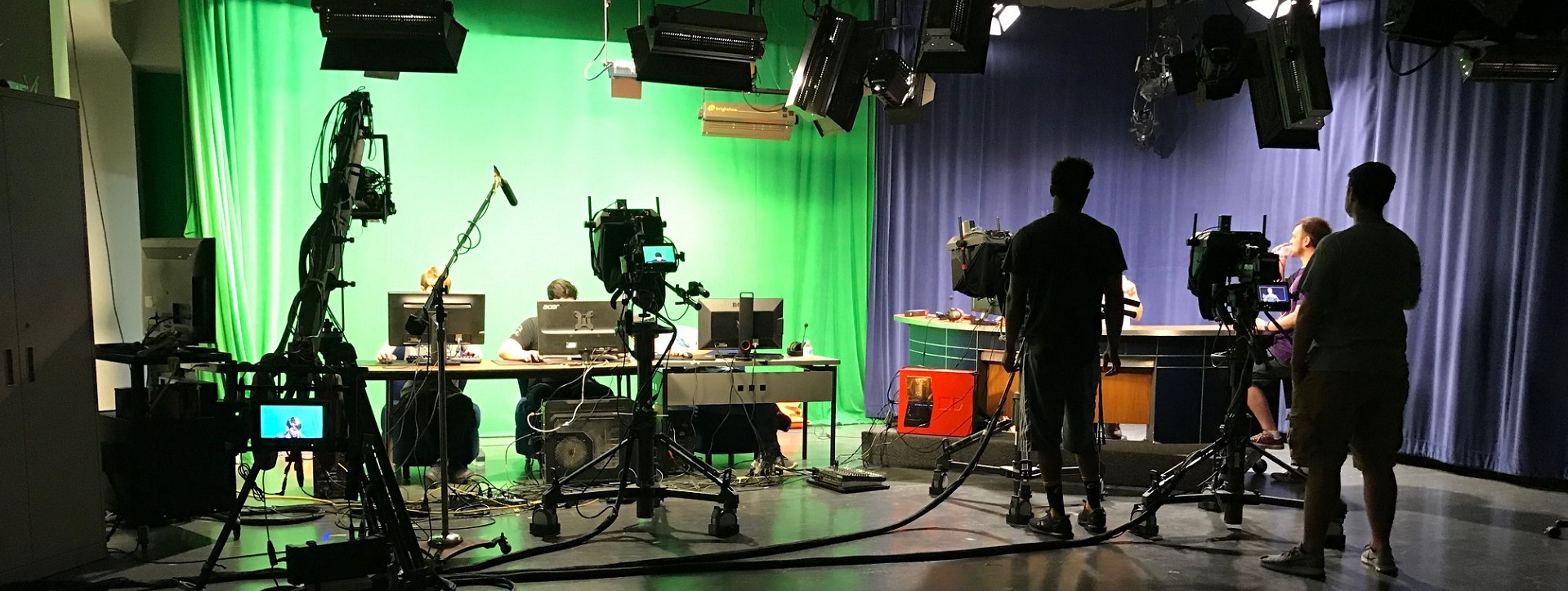
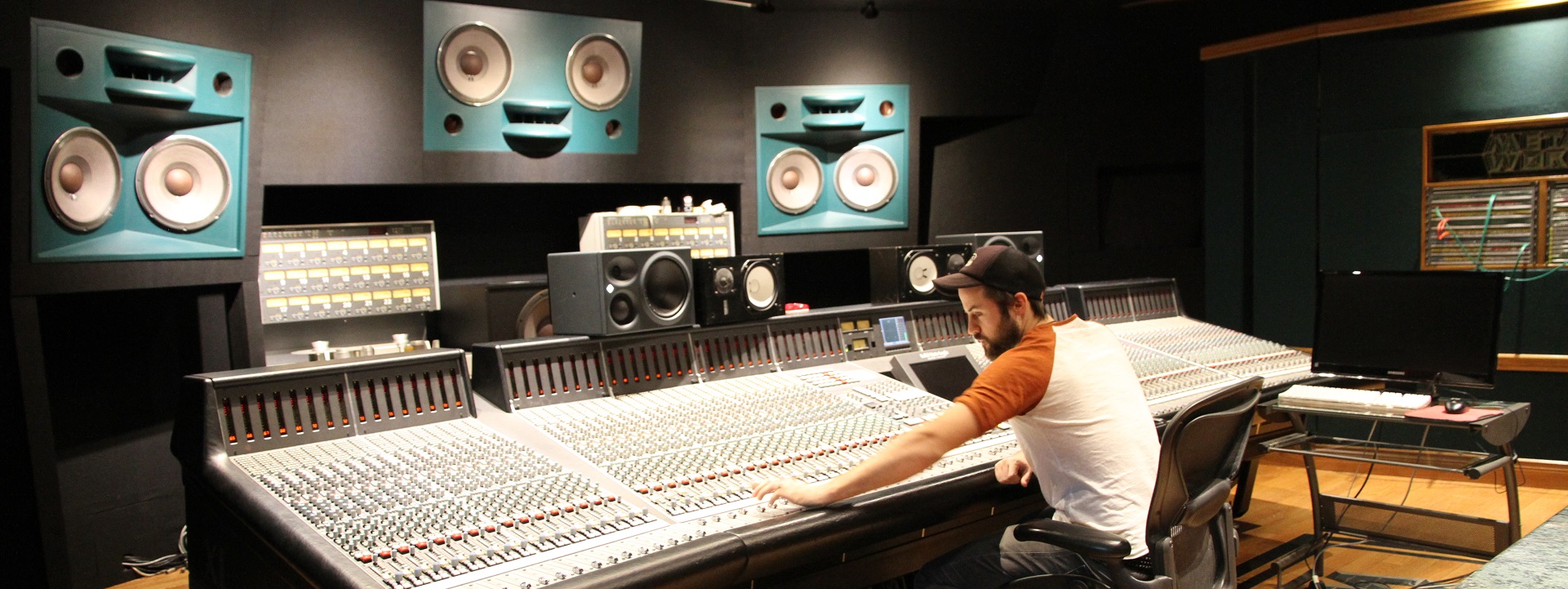
Issue: [19-23]
Category: Electrical, Academic, Athletics, Fire Safety, Public Safety, #WiseCampus
Contact: Mike Anthony, Jim Harvey
*Mass notification systems are governed by NFPA 72 and, while life safety wiring is separate from other wiring, the management of these systems involve coordination between workgroups with different business objectives and training.
LEARN MORE:
The AES welcomes new Executive Director, Colleen Harperhttps://t.co/r7DfPp6wfE#AESorg #proaudio #audioengineer pic.twitter.com/nTKBf8oHeR
— Audio Engineering Society (@AESorg) January 16, 2019
Hot chocolate vs. hot cocoa
“…Hot cocoa and hot chocolate are terms that we often used interchangeably. Technically, hot cocoa and hot chocolate are as different as milk chocolate and bittersweet chocolate. Hot cocoa is made with cocoa powder, the way my mother made it when I was a kid. Hot chocolate is made from melting chocolate bars into cream…”
Plant science at your dinner table: Hot chocolate vs. hot cocoa
Code ignis MMXXVII
Free public access to the current edition of NFPA’s parent fire safety document is linked below:
We attend to occupancy-specific chapters (listed below) because of their significant presence in education communities.
Chapter 25: Grandstands and Bleachers, Folding and Telescopic Seating, Tents and Membrane Structures (N.B)
Chapter 26: Laboratories Using Chemicals
Chapter 29: Parking Garages
Chapter 32: Motion Picture and Television Production Studio Soundstages and Approved Production Facilities
Chapter 35: Animal Housing Facilities
Chapter 36: Telecommunication Facilities and Information Technology Equipment
Chapter 50: Commercial Cooking
Chapter 52: Energy Storage Systems
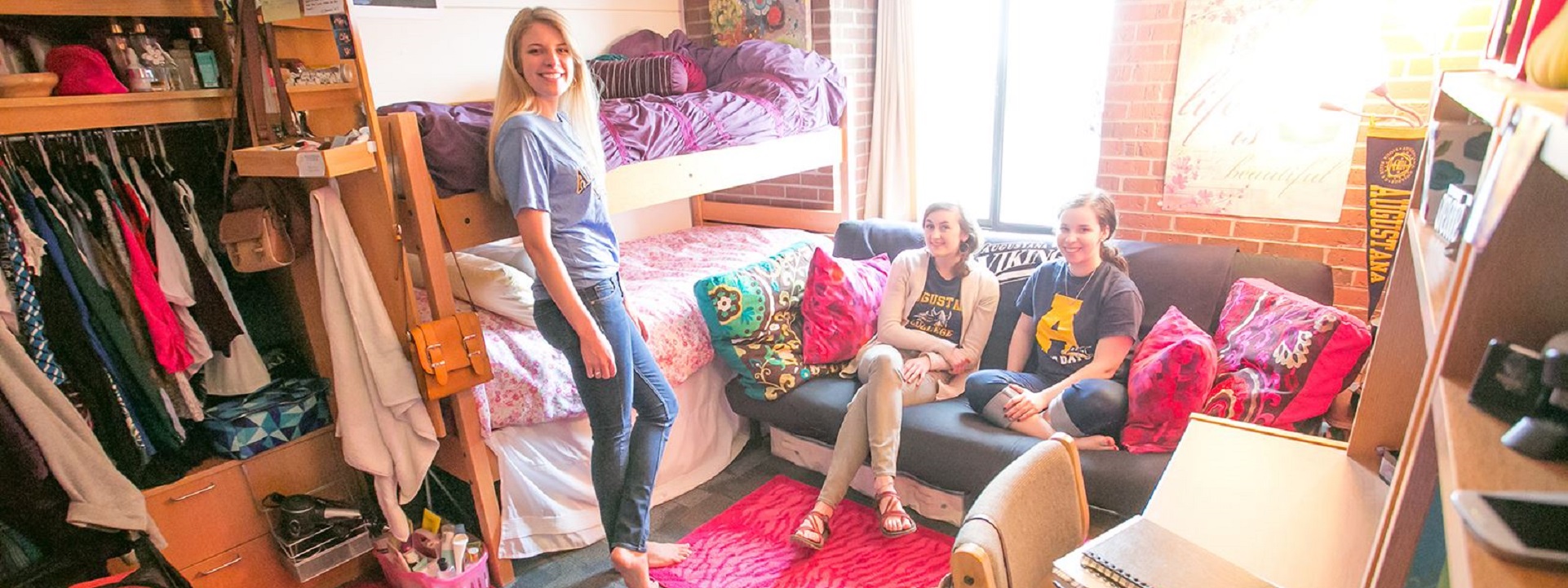
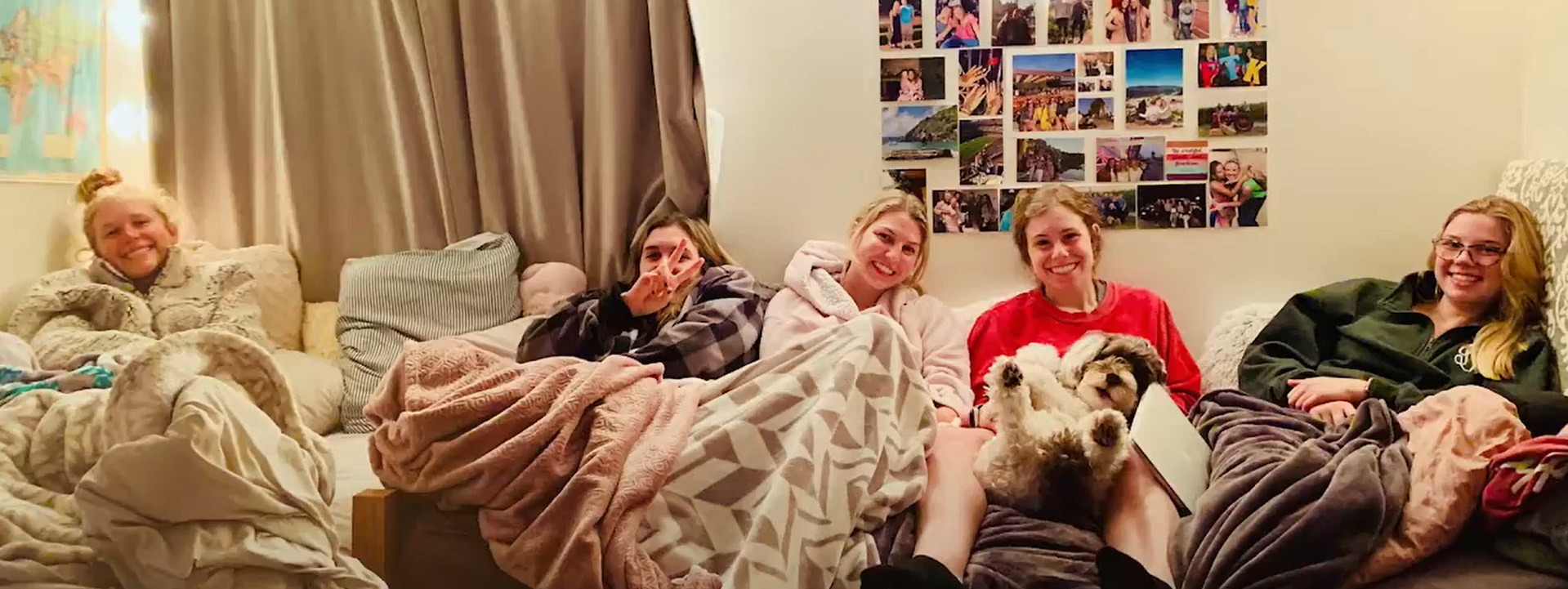
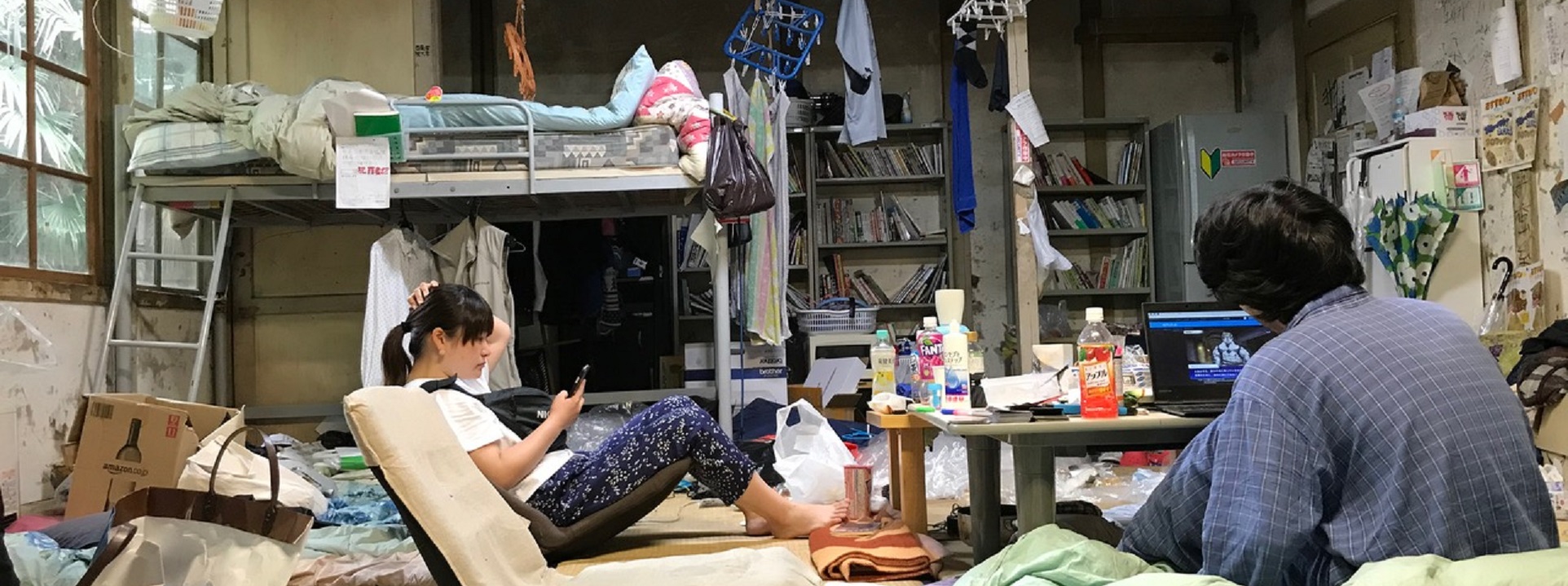
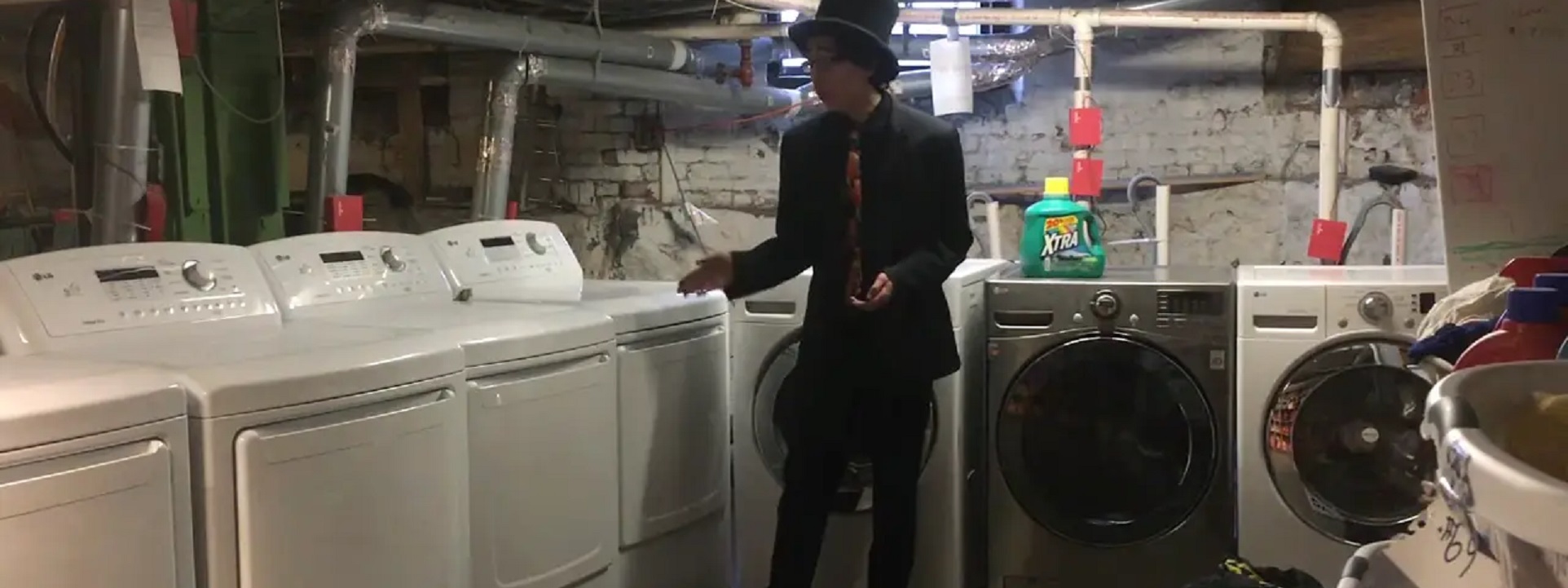
Some of the chapters reference other titles such as NFPA 45 Standard of Fire Protection for Laboratories Using Chemicals which support risk management in other occupancies. It is noteworthy that in the 2021 revision cycle of NFPA 1 there are relatively few new concepts regarding education facilities that have been proposed. You get a sampling of the ideas in play from the transcript of public input for the 2024 edition.
Public Input Report (525 Pages)
Use search terms such as school, college, university, dormitory(ies), laboratory(ies), classroom, children, day-care, student, et cetera for a sense of the ideas in play.
Since the close of the 2021 revision cycle we find a renewed interest in best practice for commercial tents because many communities are now using them for student, staff and faculty spaces owing to the circumstances of the pandemic. We will follow the action and report it here.
Public input on the 2027 NFPA 1 will be received until April 4, 2024.
We include NFPA 1 on our periodic fire safety colloquia — identified by the mnemonic Prometheus — and march along peak interests.
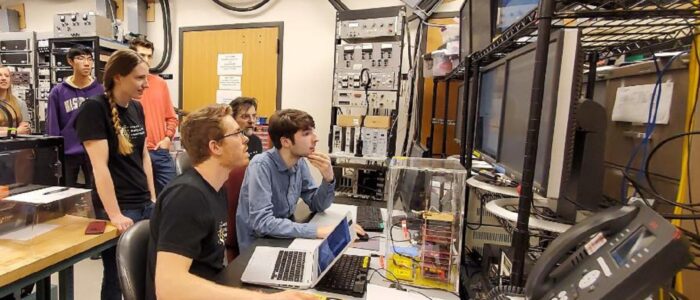
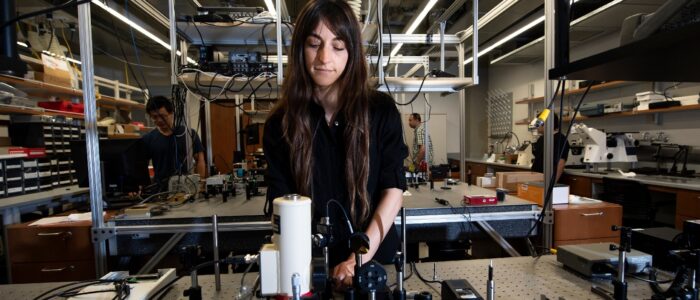
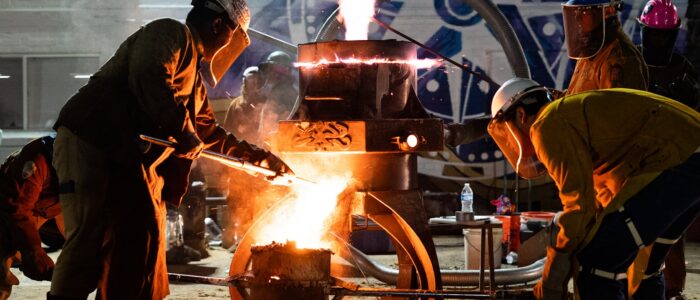
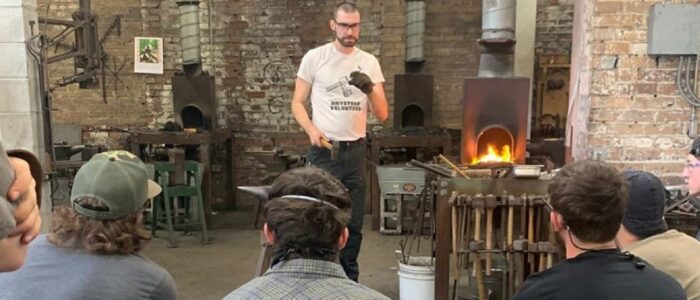

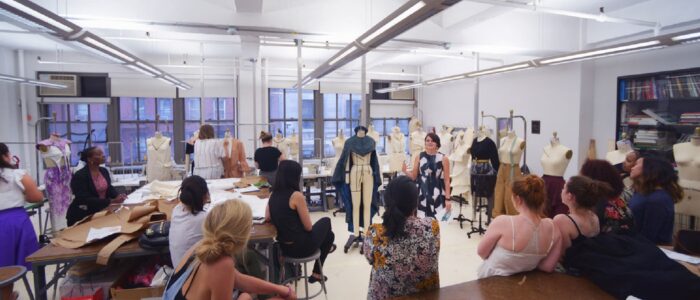
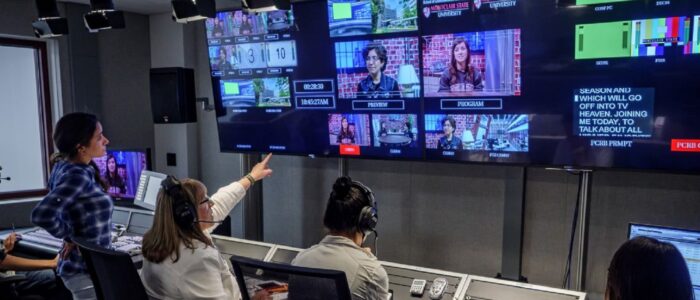
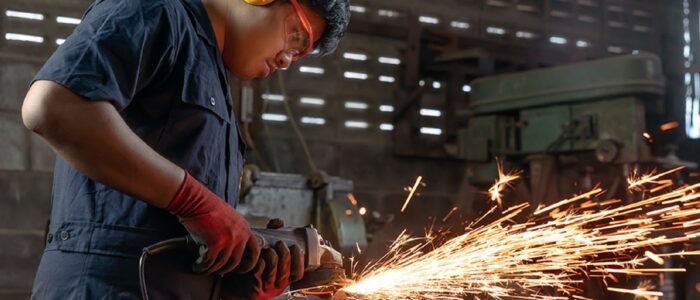
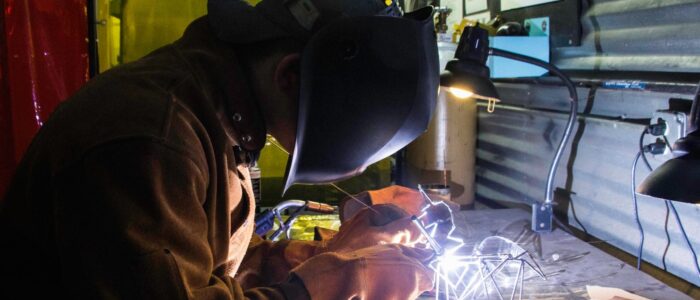
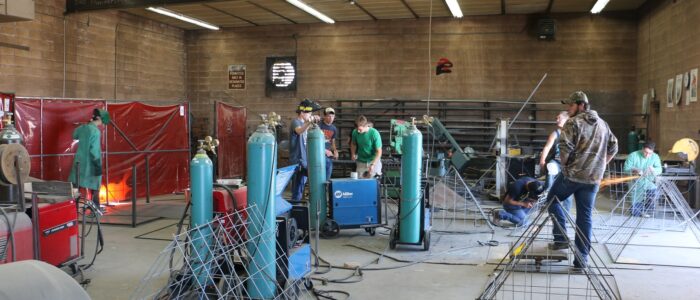
Campus fire safety is domain relatively well-covered by other organizations such as the Center for Campus Fire Safety and HigherEd Safety so we place NFPA 1 in the middle of our priority tier. We are more interested in the harmonization of NFPA 1 with a competitor title International Fire Code; published by the International Code Council; to wit:
International Fire Code: The purpose of this code is to establish the minimum requirements consistent with nationally recognized good practice for proving a reasonable level of life safety and property protection from the hazards of fire, explosion or dangerous conditions in new and existing buildings, structures or premises and to provide a reasonable level of safety to fire fighters and emergency responders during emergency operations
Fire Code: The scope includes, but is not limited to, the following: (1) Inspection of permanent and temporary buildings, processes, equipment, systems, and other fire and related life safety situations (2) Investigation of fires, explosions, hazardous materials incidents, and other related emergency incidents (3) Review of construction plans, drawings, and specifications for life safety systems, fire protection systems, access, water supplies, processes, hazardous materials, and other fire and life safety issues (4) Fire and life safety education of fire brigades, employees, responsible parties, and the general public (5) Existing occupancies and conditions, the design and construction of new buildings, remodeling of existing buildings, and additions to existing buildings (6) Design, installation, alteration, modification, construction, maintenance, repairs, servicing, and testing of fire protection systems and equipment (7) Installation, use, storage, and handling of medical gas systems (8) Access requirements for fire department operations (9) Hazards from outside fires in vegetation, trash, building debris, and other materials (10) Regulation and control of special events including, but not limited to, assemblage of people, exhibits, trade shows, amusement parks, haunted houses, outdoor events, and other similar special temporary and permanent occupancies (11) Interior finish, decorations, furnishings, and other combustibles that contribute to fire spread, fire load, and smoke production (12) Storage, use, processing, handling, and on-site transportation of flammable and combustible gases, liquids, and solids (13) Storage, use, processing, handling, and on-site transportation of hazardous materials (14) Control of emergency operations and scenes (15) Conditions affecting fire fighter safety (16) Arrangement, design, construction, and alteration of new and existing means of egress
Note that both ICC and NFPA parent fire safety documents are developed on coincident 3-year cycles.
Issue: [18-90]
Category: Fire Safety, Public Safety
Colleagues: Mike Anthony, Joshua W. Elvove, Joe DeRosier, Casey Grant
Fireplace Safety
Many accommodations such as dormitories, fraternities and sororities have working fireplaces — wood burning and natural gas. Community spaces such as student unions, libraries and recreation spaces also have fireplaces as a central feature.
The purpose of NFPA 211 is to reduce fire hazards by discovering and promulgating best practice for the safe removal of flue gases, the proper installation of solid fuel-burning appliances, and the correct construction and installation of chimneys, fireplaces, and venting systems. The current 2019 Edition is linked below:
Free Access: NFPA 221 Standard for Chimneys, Fireplaces, Vents, and Solid Fuel-Burning Appliances
The 2024 has been released. To guide our inquiry into safety and sustainability concepts for the 2027 Edition we like review the developmental transcripts of previous edition:
Public input on the 2027 Edition will be received until June 4, 2024. We encourage facility managers to recommend improvements to this standard by setting up a (Free) NFPA account the link below:
Online submission of public input and public comments
We maintain this standard on our periodic Prometheus and Housing colloquia. Consult our CALENDAR for the next online meeting, open to everyone
Link to parent standard:
University of Rochester Fireplace Safety
American Gas Association: How Natural Gas Fuels Your Holiday Traditions
Natural Gas Transmission & Distribution
Why did WTI Crude oil price crash?
1) Because America’s main WTI oil storage is in Cushing in Oklahoma state. Cushing was at 77% capacity on April 17th. Storage would be full by May 1st week. Cushing is landlockded and 800 km from sea. So storing oil on a ship is not possible. pic.twitter.com/Ye2h8XI3jB
— Kiran Kumar S (@KiranKS) April 22, 2020
Most school districts, colleges, universities and university-affiliated health care systems depend upon a safe and reliable supply of natural gas. Owing to safety principles that have evolved over 100-odd years you hardly notice them. When they fail you see serious drama and destruction.
One of the first names in standards setting for the natural gas industry in the United States is the American Gas Association (AGA) which represents companies delivering natural gas safely, reliably, and in an environmentally responsible way. From the AGA vision statement:
“….(AGA) is committed to leveraging and utilizing America’s abundant, domestic, affordable and clean natural gas to help meet the nation’s energy and environmental needs….”
We do not advocate in natural gas standards at the moment but AGA standards do cross our radar because they assure energy security to the emergent #SmartCampus. We find AGA standards referenced in natural gas service contracts (for large district energy plants, for example) or in construction contracts for new buildings. As with all other energy technological developments we keep pace with, improvements are continual even though those improvements are known to only a small cadre of front line engineers and technicians.
AGA has released seventeen redlines containing proposed changes to one of its parent documents for natural gas delivery” GPTC Z380.1 Guide for Gas Transmission, Distribution, and Gathering Piping Systems. The redlines are listed in the link below:
American Gas Association Standards Public Review Home Page
Public consultation on the 2027 National Fuel Gas Code closes June 4, 2024.
You may obtain an electronic copy from: https://www.aga.org/research/policy/ansi-public-reviews/. Comments should be emailed to Betsy Tansey GPTC@aga.org, Secretary, ASC GPTC Z380. Any questions you may have concerning public reviews please contact Betsy Tansey (btansey@aga.org) as well.
We meet online every day at 11 AM Eastern time to march through technical specifics of all technical consensus products open for public comment. Feel free to click in. Also, we meet with mechanical engineering experts from both the academic and business side of the global education community once per month. See our CALENDAR for our next Mechanical Engineering monthly teleconference; open to everyone.
Issue: [19-27]
Category: Energy, Mechanical, Risk Management
Colleagues: Mike Anthony, Richard Robben, Larry Spielvogel
5.5.20
6.23.20
https://share.ansi.org/Shared%20Documents/Standards%20Action/2019-PDFs/SAV5052.pdf
New update alert! The 2022 update to the Trademark Assignment Dataset is now available online. Find 1.29 million trademark assignments, involving 2.28 million unique trademark properties issued by the USPTO between March 1952 and January 2023: https://t.co/njrDAbSpwB pic.twitter.com/GkAXrHoQ9T
— USPTO (@uspto) July 13, 2023
Standards Michigan Group, LLC
2723 South State Street | Suite 150
Ann Arbor, MI 48104 USA
888-746-3670



